#survakar
Text

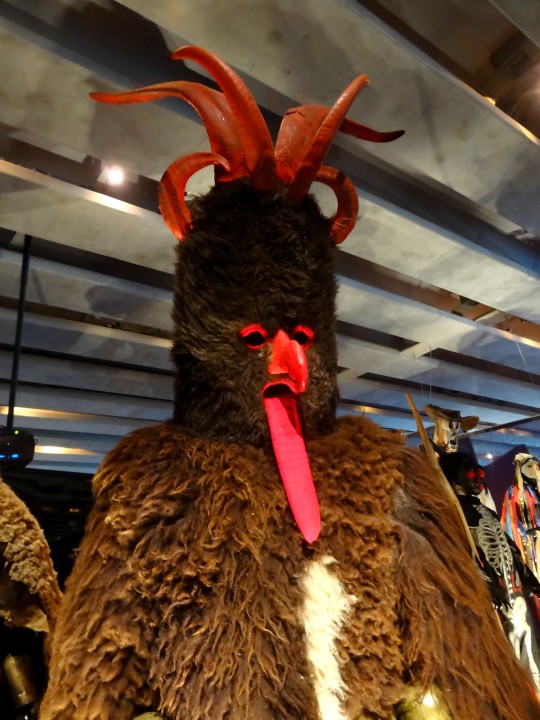

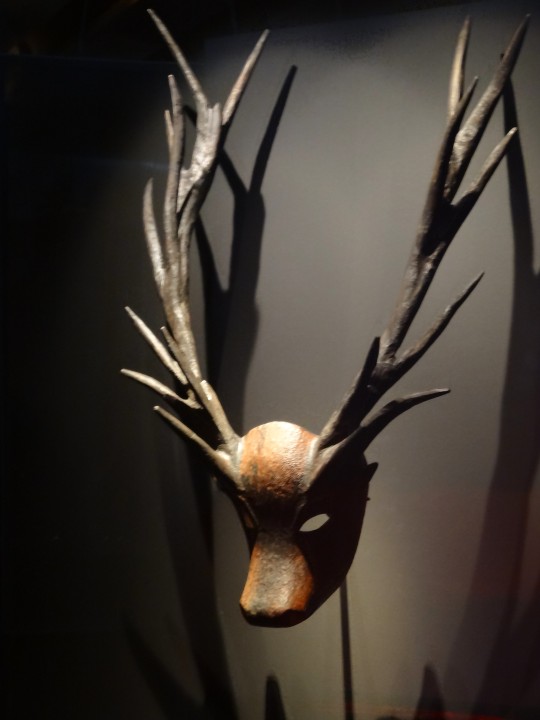

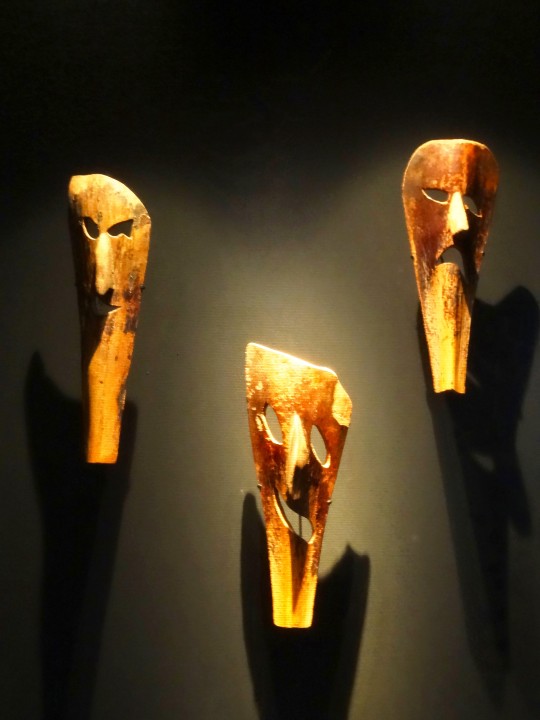
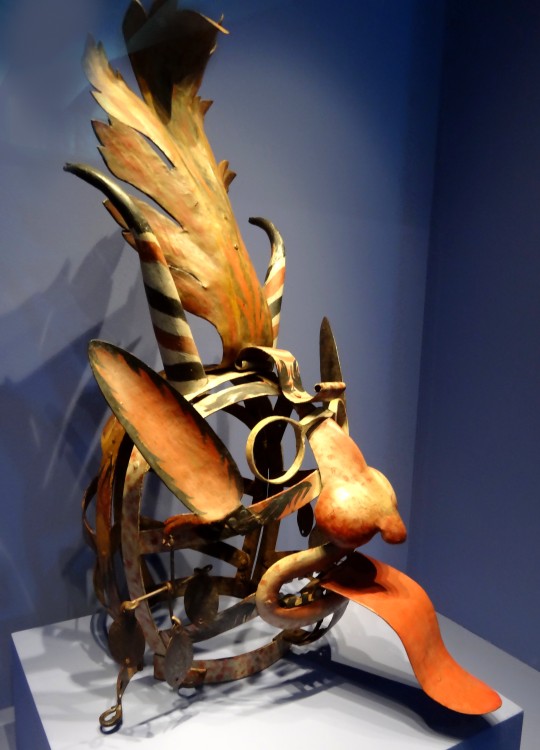
Carnaval !
Une assez longue série sur une expo du MuCEM, à Marseille : "le monde à l'Envers"
l'Homme aux dents de haricot (Turquie)
klaubauf (Autriche)
schiache percht (Autriche) + Mort (Pologne
masque de cerf (Sardaigne)
masque de survakar (Bulgarie)
masques de vieillards (Maroc)
diable (Gand, Flandres) - 2014
#carnaval#déguisement#masque#marseille#MuCEM#le monde à l'envers#homme aux dents de haricot#turquie#klaubauf#autriche#schiache percht#pologne#spectre#squelette#cerf#sardaigne#italie#survakar#bulgarie#maroc#diable#gand#gent#flandres#belgique
9 notes
·
View notes
Text
🍬Slavic Halloween🍬
Hello everyone! Here is my sweet treat for you today I've decided for Halloween I'd post a special Halloween posts to celebrate enjoy! <3
You might be shrugging reading the title slavs celebrate Halloween? Yes we do!, Many slavic nations celebrate Halloween from western Croatia all the way to all the way to the east in Russia slavs have many rituals and traditions for Halloween. Let's dive into slavic Halloween!
🍬Bulgaria🍬
Halloween in Bulgaria is very popular. Children and younger people in the cities do celebrate Halloween and go trick or treating. «почерпка или пакост» (pocherpka ili pakost). Unlike in the rest of slavic countries candies and decorations for Halloween are sold at popular retailers Lidl and Kaufland. (For my western audience those two stores are like Costco and Walmart for the balkans). Clubs in cities will have special events for Halloween for older people who aren’t out trick or treating just like in western nations.
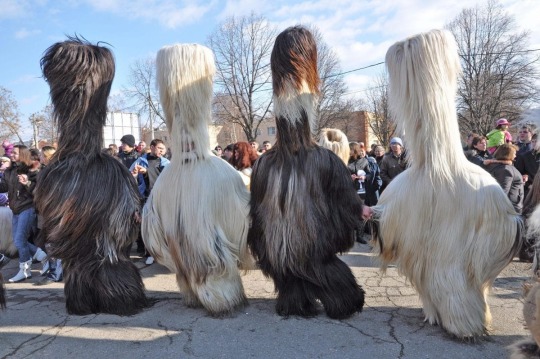
Halloween is associated in Bulgaria with a old traditional carnival called Surva. During the festival the “Kuker’s game” is preformed. Kukeri are elaborate costumes made by Bulgarian man who perform traditional rituals intended to scare away evil spirits. Their costumes are meant to signify the connection between man and nature and they wear their traditional Nošnja underneath. The Kukeri coustomes are large and imposing to scare away evil spirits who threaten the people of the Kukeris village.
This tradition is extremely old dating back to 6 AD to Thracian times. You can draw comparisons to this tradition and how Halloween was celebrated originally to ward of evil spirits when they crossed to our world during the solstice.

Kukeri could possibly come from the Proto-Slavic word kuka ("evil spirit") with the agentive suffix *-aîb, literally meaning a "chaser of evil spirits".
The custom is widespread in Southern and Central regions of the country. The festival also includes a hearty feast and many performances by the Kukeri and their female counterparts. The woman also wear very elaborate incredibly beautiful masks and Nošnja as well as traditional leather tsarvuli for shoes in the parade.

Both woman and man will participate in elaborate staged fights between the powers of good and evil during the festival and while parading in their village. There’s one more type of performer they are called Survakar who too have their own special costume. They look like the monsters from “Where the wild things are”, they come behind festival goers and cleanse them from evil by tapping them on the shoulder with a thin branch. These branches are decorated with assortments of all types of beautiful things like ribbons, silver/golden coins and flowers. All these things signify the sender giving you riches and blessings when they cleanse you. The festival night will end of with the feast of many traditional dishes like, kebapcheta and kyufteta (traditional grilled sausage and meatballs), the cheesey and buttery pastry banitsa, and extreme amounts of plum brandy. (You can tell their balkan lol.) The masked personal guiding the spirits away from the village in the night with lit torches.
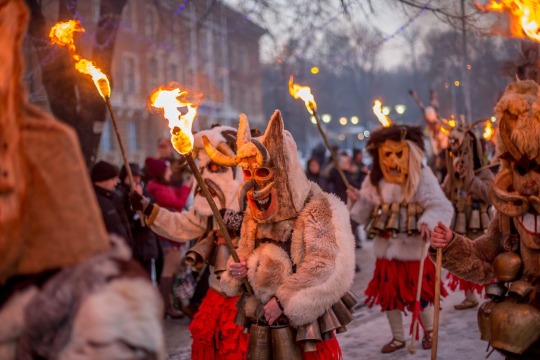
🍬Bosnia i Herzegovina🍬
As you might know most of Bosnia's population is of muslim divinity. So, the celebrations of Halloween is not very popular in this country. The country does not consider Halloween a public holiday but a minority of people still celebrate it. In Bosnia the holiday is not called Halloween but "Noć vještica" (Night of witches') the same as in Croatian and Serbia. The celebration of Noć vještica is much more western in Bosnia than other balkan & slavic countries. With customs, face paint, many pumpkins and parades. You will notice in most slavic countries children especially young ones, don't necessarily have "graphic" or "scary" costumes'. They usually have sweet non scary customs like seen in the parade. I remember as a child too I was not allowed to dress as anything scary and my parents drew the line at a witch because that already was "too dark". (hahaha I bet some of my western audience is reading this thinking "but that's so vanilla!") In slavic countries the western tradition of "trick or treat" is not very common or used. Instead children will carry a sack and be given candy during the parades. It seems that in Bosnia Noć vještica is a holiday only popular with children and seen as more of a "joke holiday" for children to have fun and not taken seriously.


🍬Croatia/Hrvatska🍬
In Croatia Noć vještica is a much bigger deal than it is in Bosnia. But I feel it's quite controversial it seems to make many people uncomfortable. Croatia is by far one of the most religious' of the slavic country more so than Poland or Bosnia I'd argue. Most people aren't extremally happy involving themselves with things that are associated with demonic presence or black magic like Halloween is. Croatian Noć vještica usually incorporates a parade of the drowning of Marana. A ancient ritual in slavic tradition. Slavs believed that burning an effigy of the goddess of death (Morana) would remove any results of her presence (i.e., the winter) and thus bring about the coming of spring. On Noć vještica Maranas effigy is burned instead of being drowned like in other cultures. This practice had seemed to be forgotten I'm sure that if you even asked a older croat they wouldn't have known who Morana is. The ritual is often confused with a similar ritual of L'Hom Strom. This tradition I observed as a young girl in my grandmothers village of Kozarac, Croatia. Once when I was 6 I spent Halloween with my grandmother. I got my witch custom and we went into the town square to celebrate with the other children. The straw effigy was incredibly big maybe around 20ft tall it took multiple man to carry it on a stick. It was paraded trough ought our village as we marched and sang. Once the effigy had seen the entirety of the village we went to the giant parking lot behind the city hall and burned the strawed effigy of Morana. The image shown bellow is not of the same effigy or practice I witnessed as a child but I felt bad of not showing you a visual. ;)

The one I had witnessed in Kozarac was way less detailed than this one it looked far more like a simple straw doll.
Croats have many traditional carnivals all over the country. That are very similar to modern Halloween! The carnival in Rijeka is Croatias most famous carnival it’s held in many different cities trough January 17- February (date varies) Rijekas festival also includes a child parade where children dress and ask for candy.
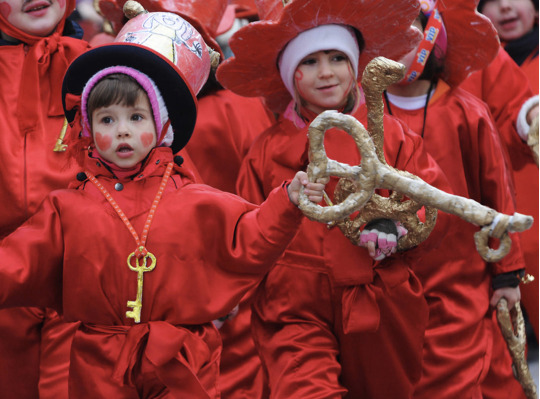
One that you might have seen pictures of before are the sheep headed masks that are worn at this festival, their quite distinctive! In Opatija people will dress in sheepskin and hides for their parades the costumes are named Zvončari ("bellmen"). Just like the traditional celebration of Halloween the belief long ago was that dressing up as a demonic creature would deter and hide you from evil spirits crossing into our world. The people that chose to participate will often decorate themselves with bells small or big and with ribbons. Parading in a long complicated and jovial dances immolating a flock of sheep. This tradition was included in 2009, on the UNESCO list of Intangible Cultural Heritage.
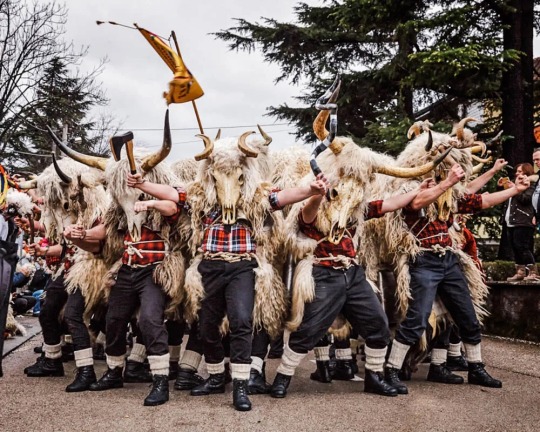
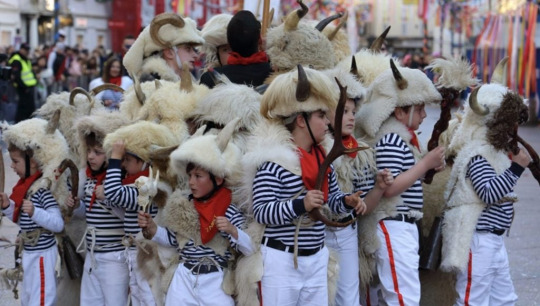
Croats traditionally celebrate Sve Svete (“All Saints Day”) on the day of Halloween.
🍬Serbia🍬
Serbs love Halloween! Out of all the slavic country I would say that they’re the most receptive to it. Serbs fully embrace the western tradition with creepy costumes, trick or treating Смицалица или посластица (Smicalica ili poslastica) and tons of partying! Both children and adults alike celebrate Halloween in Serbia. Both in major cities and in villages. Belograd seems to love to celebrate Halloween with most clubs throwing o parties and events for people too old to trick or treat. The holiday has been celebrated in Serbia for a while now, the oldest post I could find about a bloggers experince of Halloween in Serbia was 2011 and even in the distant past the blogger was very casual about their celebration of the holiday in the country.

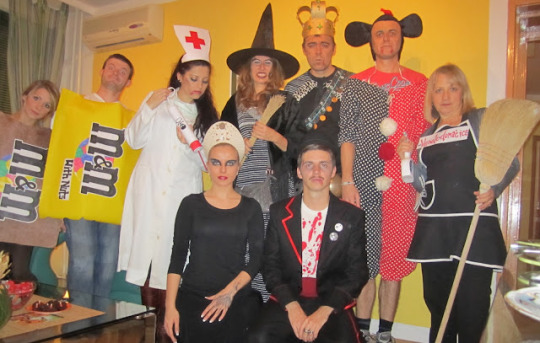
Serbia also seems to have a traditional festival like Croatia and Bulgaria similar to Halloween. But for the love of Lady Athena I could not find much information online besides some pictures!
Here is my brief proof that the festival even exists:

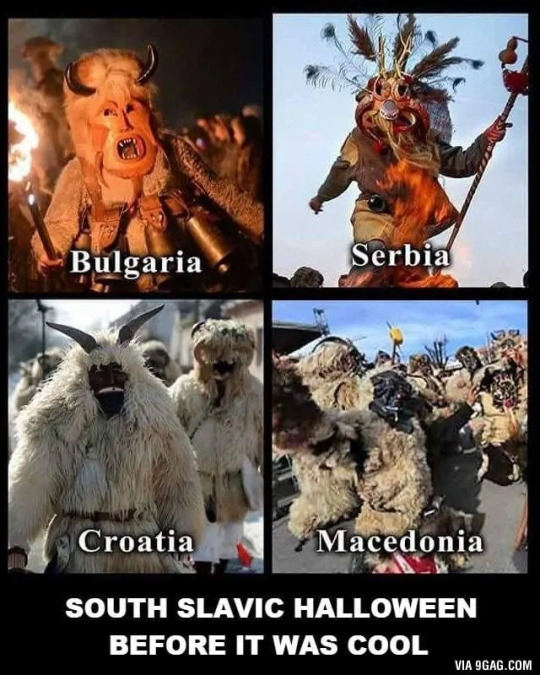
This concludes this year’s Halloween post! Hopefully you’ve learned something new and interesting about slavic traditions regarding Halloween. I hope you will join me next year too when we dive into more ways that the slavic nations enjoy themselves for the spooky holiday. Have fun trick or treating tonight everyone! <3
#slavic culture#slavic folklore#slavs#croatia#serbia#bulgaria#bosna i hercegovina#balkan#balkans#halloween#slavic halloween
7 notes
·
View notes
Photo

Kuker by Chankov Performing Arts
0 notes
Photo

Instagram: pandevonium_images Outdoors, Trditional, Ritual, Nopeople, Mask, Cold Temperature, Winter, No People, Day, Kukeri, Bulgaria, Survakar, Sigma 35mm Art, DSLR, DSLR Photography, Rituals & Cultural, Photography, Travel by Nick Pandev on EyeEm
#Outdoors#Trditional#Ritual#Nopeople#Mask#ColdTemperature#Winter#NoPeople#Day#Kukeri#Bulgaria#Survakar#Sigma35mmArt#DSLR#DSLRPhotography#Rituals&Cultural#Photography#Travel
1 note
·
View note
Text

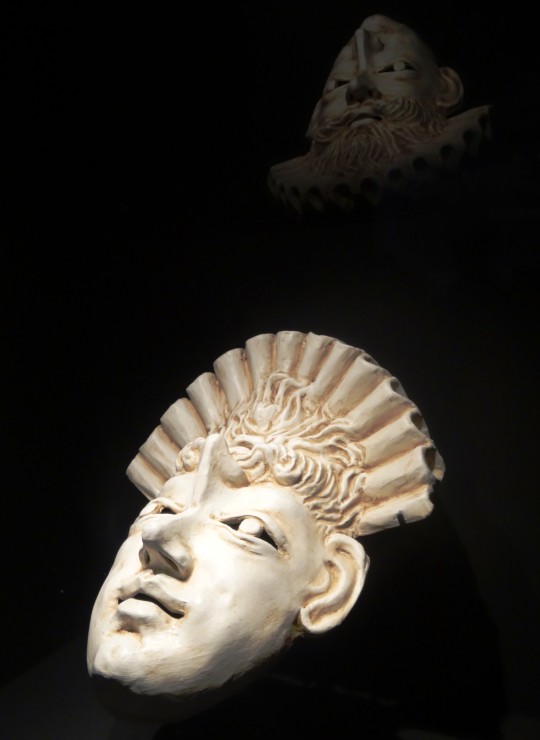


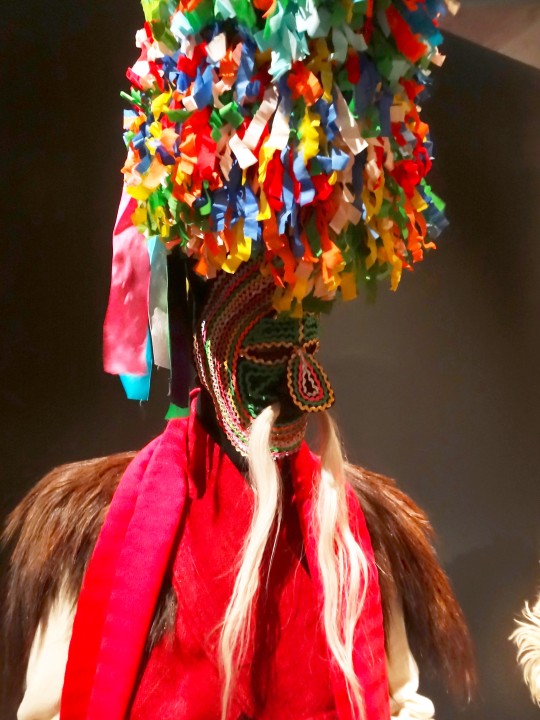

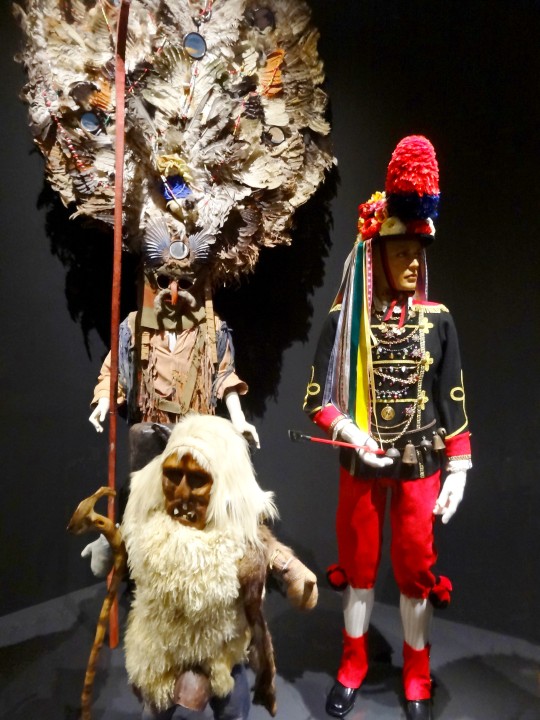
Carnaval !
Une assez longue série sur une expo du MuCEM, à Marseille : "le monde à l'Envers"
busò (Hongrie) + gschell (Forêt Noire)
masque à double visage (Venise)
filonzana (Sardaigne)
busò (Hongrie)
kalogeros (Macédoine grecque)
skoromat (Slovénie) + survakar (Bulgarie)
survakar (Bulgarie) + Tschäggättä (Suisse) + beuffon (Courmayeur, Val d'Aoste)
#carnaval#déguisement#marseille#MuCEM#buso#hongrie#gschell#forêt-noire#allemagne#venise#filonzana#sardaigne#italie#skoromat#slovénie#survakar#bulgarie#tschaggatta#tschäggättä#beuffon#courmayeur#val d'aoste#le monde à l'envers#kalogeros#macédoine#grèce#macédoine grecque#macédoine du sud
4 notes
·
View notes
Text



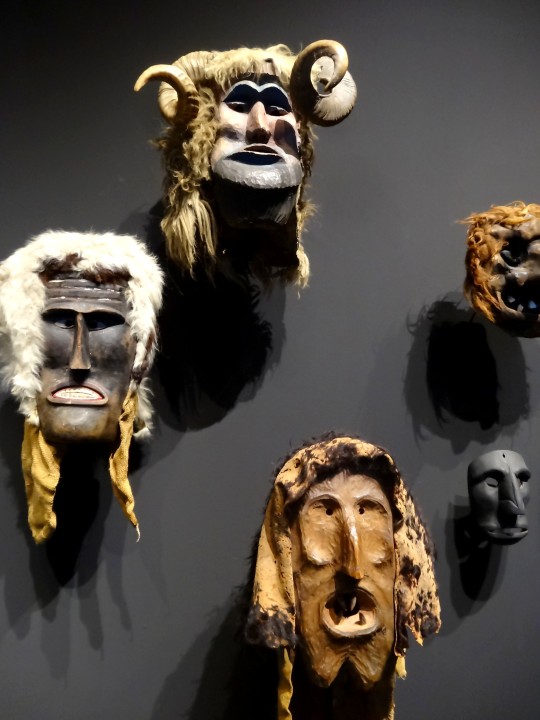

Carnaval !
Une assez longue série sur une expo du MuCEM, à Marseille : "le monde à l'Envers"
drac (Moldavie)
moshe (Maroc) entre 2 survakari (Bulgarie) + crucerul (Roumanie)
chèvres (Belarus)
busò (Hongrie) au dessus de 2 masques suisses, mamuthone sarde, tschägätta suisse
juif (Cracovie, Pologne)
#carnaval#masque#marseille#MuCEM#drac#diable#démon#moldavie#moshe#maroc#survakar#bulgarie#crucerul#roumanie#chèvre#bélarus#biélorussie#buso#hongrie#suisse#mamuthone#sardaigne#italie#cracovie#pologne#antisémitisme
4 notes
·
View notes
Text



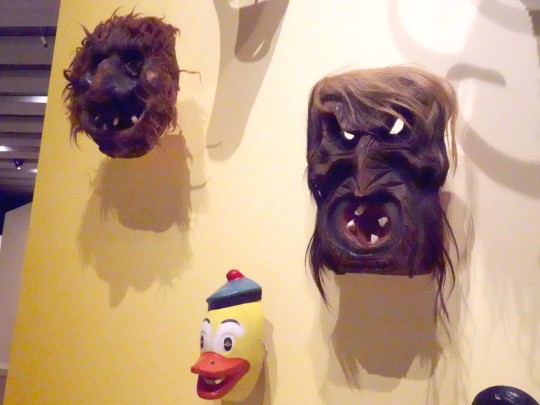


Marseille, le MuCEM et sa nouvelle collection permanente (à mes yeux, bien plus intéressante et mieux présentée que la précédente…)
Suite (et fin ?)
Diable de Bessans exorcisé par le prêtre - Savoie, fin XIXe s.
masque de "survakar" - Leskovets, Bulgarie, 2013
masques - San Nicolàs Tolentino, Mexique, début XXIe s.
masques "tsäggättä" - Ried, Suisse, 1930 ; Donald - Paris, 1953
masque de cerf et de "boe" "(boeuf) - Sardaigne, 2005 ; masques prophylactiques - Italie XXe s. ; "survakar"; Mexique ; "tsäggättä";
Diable de Bessans emportant le prêtre - Savoie, fin XIXe s.
#marseille#MuCEM#diable#exorcisme#bessans#diable de bessans#savoie#masque#carnaval#monstre#survakar#bulgarie#mexique#san nicolàs tolentino#tsäggättä#ried#suisse#donald#donald duck#walt disney#cerf#boe#sardaigne#italie#prophylactique#leskovets
3 notes
·
View notes
Photo
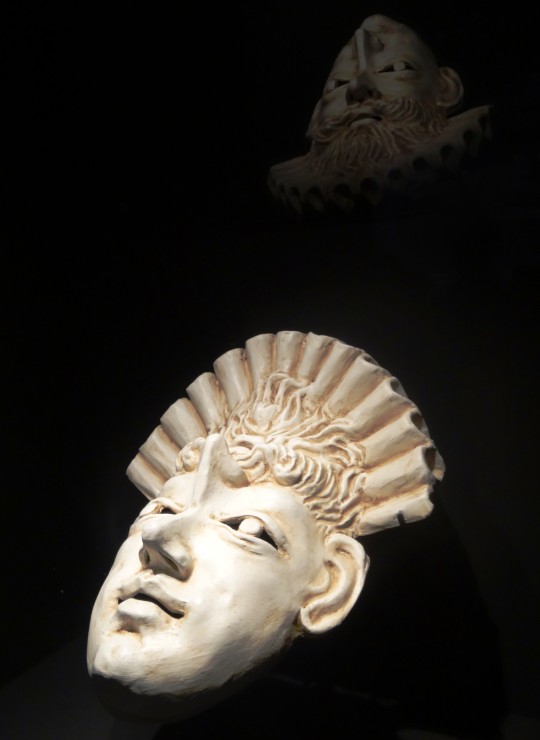






Retour à mon projet de présenter la plupart de mes 53880 photos (nouveau compte approximatif !)
2014. Marseille au printemps. Au MuCEM, une très belle expo sur le carnaval : “Un Monde à l’Envers”:
- masque à double visage (Venise)
- busò (Hongrie)
- idem et gschell (Forêt Noire)
- filonzana (Sardaigne)
- kalogeros (Macédoine grecque)
- skoromat (Slovénie) et survakar (Bulgarie)
- survakar (Bulgarie) , Tschäggätä (Suisse) , beuffon (Courmayeur, Val d’Aoste)
#souvenirs#marseille#MuCEM#expo#carnaval#déguisement#masque#monstre#un monde à l'envers#buso#hongrie#gschell#forêt noire#allemagne#filonzana#sardaigne#italie#kalogeros#macédoine#grèce#skoromat#slovénie#survakar#bulgarie#tschäggäta#beuffon#courmayeur#val d'aoste#Suisse
9 notes
·
View notes
Photo



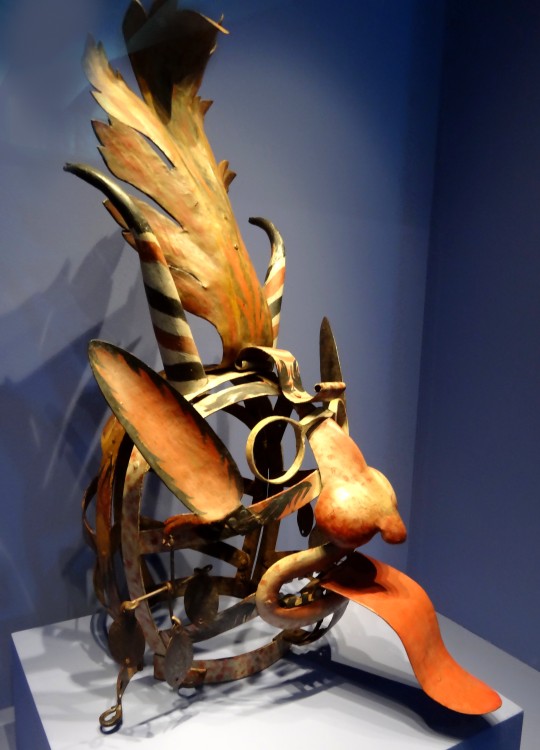


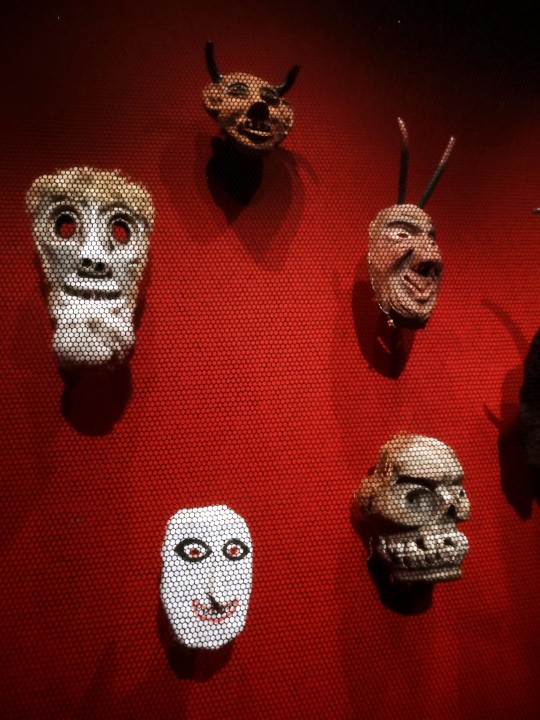
Retour à mon projet de présenter la plupart de mes 53880 photos (nouveau compte approximatif !)
2014. Marseille au printemps. Au MuCEM, une très belle expo sur le carnaval : “Un Monde à l’Envers”:
- acteurs déclamant ( Italie du Sud - IVe av. J-C. )
- schiache percht (Autriche) , Mort (Pologne)
- masque de cerf (Sardaigne)
- diable (Gand, Flandres) - 2014
- masques de vieillards (Maroc)
- masque de survakar (Bulgarie)
- fujettu (Italie) , teufel (Suisse) , Morts (Pologne)
#souvenirs#marseille#MuCEM#carnaval#déguisement#masque#monstre#un monde à l'envers#expo#archéologie#grande grèce#italie#statuette#masque de théâtre#schiache percht#autriche#mort#crâne#cerf#sardaigne#diable#gand#flandres#belgique#vieillard#maroc#survakar#bulgarie#fujettu#teufel
5 notes
·
View notes
Photo

Boohoo Night, Outdoors, Survakar, Kukeri, Bulgaria, KuKer, Mask, Maskedportraits, Masked, Fire, Torch, Feathers, One Person, Real People, Sky, Flame, Nature, Outside, Vertical Composition, Wintertime, Wide Angle, Wide Shot, Copy Space, Travel, Tradition, Ritual by Nick Pandev on EyeEm
#Night#Outdoors#Survakar#Kukeri#Bulgaria#KuKer#Mask#Maskedportraits#Masked#Fire#Torch#Feathers#OnePerson#RealPeople#Sky#Flame#Nature#Outside#VerticalComposition#Wintertime#WideAngle#WideShot#CopySpace#Travel#Tradition#Ritual
0 notes